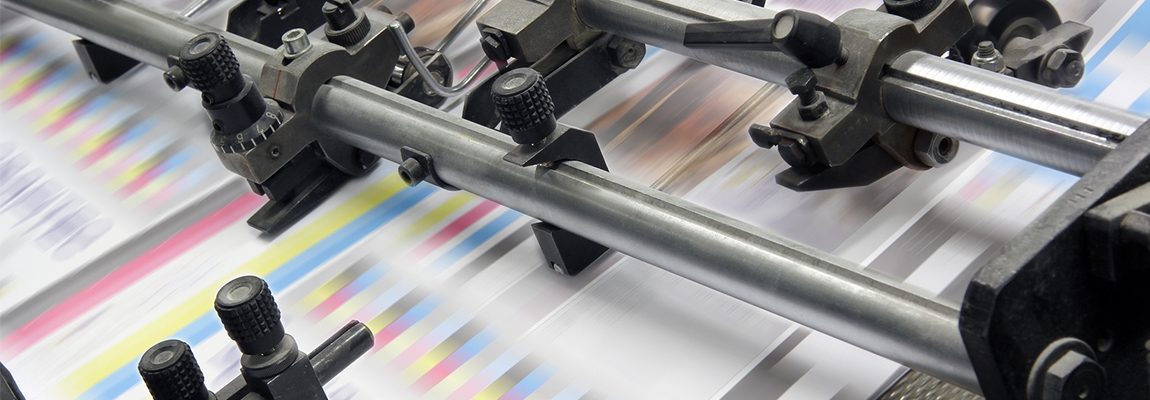So you’re a print business owner who’s ready to expand your product selection and earn more print profits. We’ve prepared a product development guide for you that covers everything from initial research to reviewing your product launch.
If you haven’t already done so, read Part 1 here. It covers the first 4 steps of print product development:
1. Research
2. Generate Idea
3. Evaluate Production
4. Test Prototype
Here’s Part 2 of our guide.
5. Prepare for Production
Order Materials
Based on your tests and your cost-benefit analysis, order the most suitable raw materials for your new product. You don’t want to order too much initially even if your supplier sells them cheaper in bulk, since it’s impossible to be 100% sure of how well your new product will do.
Prepare Equipment
Next, prepare your equipment with the right settings to print your new product. Whether you’re setting up a new printing press or just reconfiguring an existing one, make sure that you’ve run your prototype test on it.
Train Personnel
Additionally, you will need to train your employees so that they know how to process and produce this new type of product. Each department needs to know what to do when they encounter an order for this new product, from prepress (preflighting the file) to packaging (packing the product in the right boxes). Once your employees know what to do, you can set this procedure into a standardized workflow and start finding ways to increase efficiency through automation.
6. Develop Analytics
Choose What to Measure
Before your release the product to the public, it’s important to know how you’ll tell whether the product is successful or not. You need specific things to measure that indicate success or failure. Choose KPIs to measure, set methods to track them regularly, and decide on when your post-launch review will be.
Develop Backend
Referring again to your research, finalize your pricing and markup structure for your new product. Prepare the logistics required for quoting clients and taking orders. Develop the backend of your website and internal dashboard so that the process is smooth for both your clients and your employees.
7. Soft Launch
Market Test
You are finally ready to release your new product! But don’t get ahead of yourself—your first launch should be a test. The last thing you want is to have hundreds of clients trying to order, only to encounter a major glitch or quality issue on every order. So start with a soft launch by releasing the product to a segment of your clients.
Get Feedback
Take your first orders and keep track of what happens to them. Monitor sales and production, and most important, get user feedback. This is essential to understanding how your clients respond to the new product. You may even want to offer some of your best customers a discount on the new product just so that they can provide their feedback. Some ways you can get feedback are:
- Sending out a survey through email
- Requesting an online review
- Calling or asking in person
- Handing out a feedback form
- Asking on social media
8. Hard Launch
Market It
Did your clients like your new product? Congratulations! It means you’re ready to mass market your product. This is where you roll out your hard launch and start your new product launch marketing campaign. For maximum exposure, we recommend the product launch strategies in this article.
Sell It
Encourage your sales representatives to promote the new product and cross-sell when possible. Contact any clients who have asked about this product in the past to tell them that you now offer it. Make sure you have samples ready to show your clients how the new product looks and feels.
9. Post-Launch Review
Review Your Data
When the time comes for your product post-launch review, take a good look at the KPI measurements that you’ve collected, as well as any other data that you think is important for assessing the performance of your new product. Document any issues and start looking for solutions.
Continuously Improve
The launch of a new product is just the beginning to a product life cycle that involves continuous improvement. Keep collecting data and finding ways to make your new product better, whether it’s in the end quality or in the efficiency of your workflow. That way, your profits can continue to rise and your business can continue to grow. And, you’ll continuously get better at product development for your print business.

















Add comment